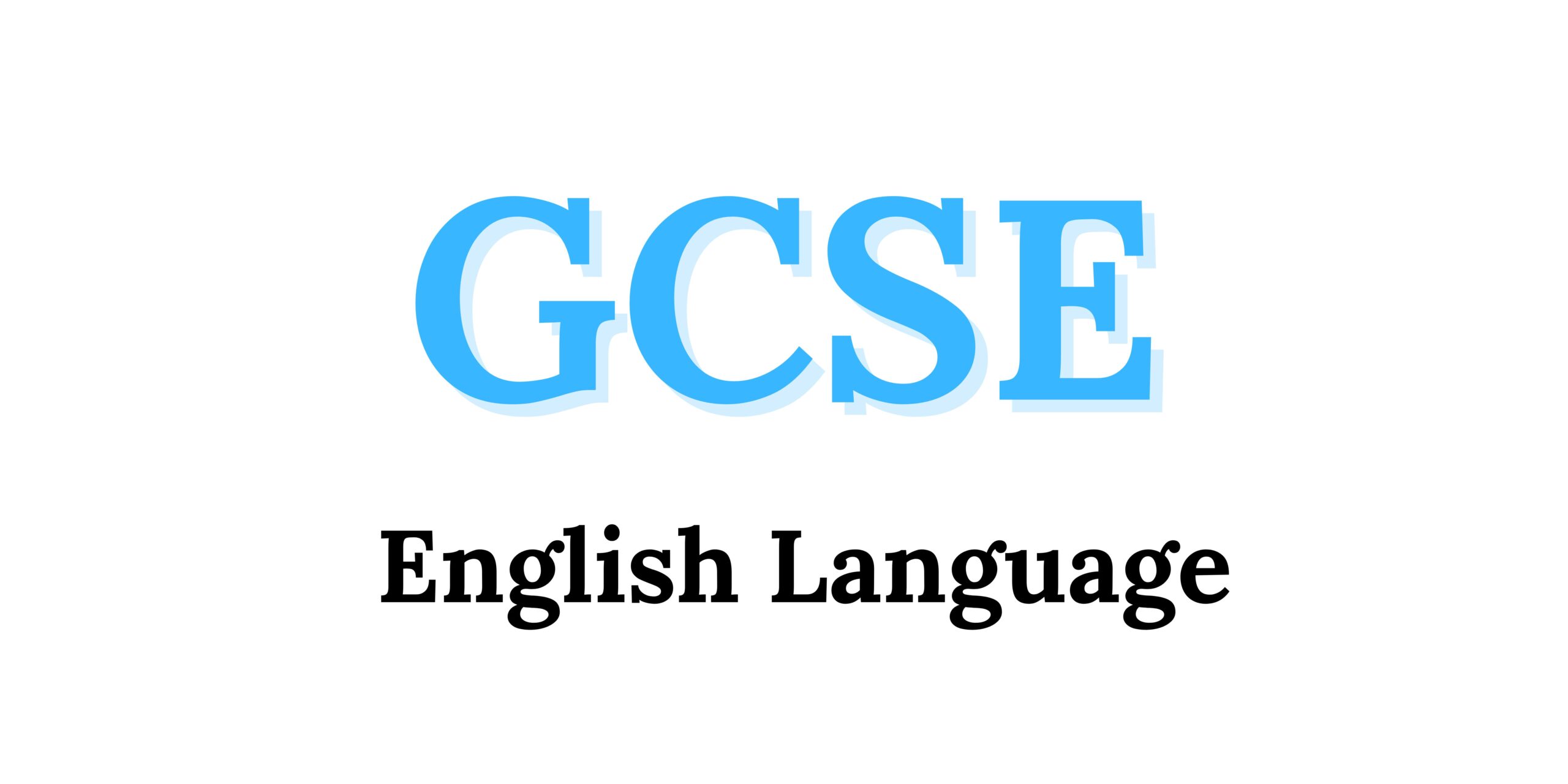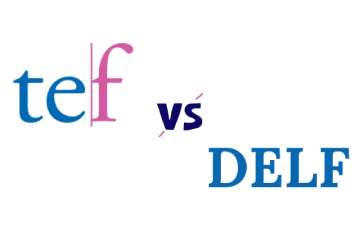
Overview of AQA GCSE English qualifications
Subject content:
1. Explorations in creative reading and writing
2. Writers’ viewpoints and perspectives
3. Non-exam assessment
| Scope of study | Content |
|---|---|
| 1. Critical reading and comprehension | |
| Critical Reading | Identify themes, ideas, and information; read for a variety of purposes; evaluate content; draw conclusions using evidence; support points of view; identify bias; think critically using context and wider reading; recognize different responses. |
| Summarize and Synthesize | Identify major themes; summarize selected texts; synthesize multiple texts. |
| Evaluating Writer’s Choice | Explain the impact of vocabulary and grammar; use terminology accurately; analyze form and structure. |
| Comparing texts | Critically compare texts on given aspects. |
| 2. Writing | |
| Producing Clear and Coherent Text | Write for various purposes and audiences; choose vocabulary, grammar, form, and structure to suit audience, purpose, and context; use language creatively; incorporate information from others; maintain consistent viewpoint and coherence. |
| Writing for Impact | Organize and emphasize key points; use evidence and quotations effectively; create emotional impact; use rhetorical devices (e.g., rhetorical questions, antithesis, parenthesis). |
| 3. Spoken language | |
| Presenting Information and Ideas | Select and organize information persuasively for presentations; plan for different purposes and audiences; deliver presentations and speeches. |
| Responding to Spoken Language | Listen and respond appropriately to questions and feedback. |
| Spoken Standard English | Use Standard English to express ideas appropriately in all contexts. |
For detailed information about the General Certificate of Secondary Education (GCSE) and how it can shape your academic future, click here to explore: GCSE Information
Assessment
Assessment Objectives (AOs)
Set by Ofqual, these apply across all GCSE English Language specifications.
AO1: Identify and interpret information; select and synthesize evidence.
AO2: Analyze how writers use language and structure for effect, with subject terminology.
AO3: Compare writers’ ideas and how they’re conveyed across texts.
AO4: Critically evaluate texts with textual references.
AO5: Communicate clearly, adapt tone/style for different purposes, and organize ideas effectively.
AO6: Use varied vocabulary, sentence structures, and accurate spelling/punctuation.
AO7: Demonstrate presentation skills in formal settings.
AO8: Listen and respond to spoken language, including questions/feedback.
AO9: Use spoken Standard English in speeches and presentations.
| Format of assessment | Questions | Content | Final score | Weighting of final grade |
|---|---|---|---|---|
| Paper 1 Explorations in creative reading and writing | 80 marks | 50% of GCSE | ||
| Section A: Reading | • 1 short form question (1 x 4 marks) • 2 longer form questions (2 x 8 marks) • 1 extended question (1 x 20 marks) | Reading Questions Source: A literature fiction text from the 20th or 21st century, focusing on prose fiction. It will include extracts from novels and short stories, emphasizing openings, endings, narrative perspectives, points of view, character, and atmospheric descriptions. | 40 marks | 25% |
| Section B: Writing | 1 extended writing question. Write creative content inspired by Section A’s topic. (24 points for content, 16 points for technical accuracy). | One writing task related to Section A’s theme. Specifies audience, purpose, and form, using various opinions, statements, and scenarios to provoke a response. | 40 marks | 25% |
| Paper 2 Writers’ viewpoints and perspectives | 80 marks | 50% of GCSE | ||
| Section A: Reading | • 1 short form question (1 x 4 marks) • 2 longer form questions (1 x 8, 1 x 12 marks) • 1 extended question (1 x 16 marks) | The assignment will provide two related texts: one non-fiction and one literary. Sources for reading questions will be from the 19th century and either the 20th or 21st century, depending on the Paper 1 time period. Texts will offer perspectives over time and include genres like high-quality journalism, articles, reports, essays, travel writing, accounts, sketches, letters, diaries, autobiography, and biographical passages. | 40 marks | 25% |
| Section B: Writing | 1 extended written question (24 points for content, 16 points for technical accuracy). | This assignment will relate to the theme of Section A, stating audience, purpose and form, and using a variety of opinions, statements and scenarios to provoke a response. | 40 marks | 25% |
| Non-exam assessment | _____ | 0% of GCSE | ||
| Spoken language | • presentation • answering questions and giving feedback • use of standard English | During the course, students prepare an oral presentation on a specific topic. The topic is chosen at their own discretion. The approximate duration of the presentation should be no more than ten minutes. | marked by teacher | 0% |
Non-exam assessment
Students are assessed holistically on a competency basis. No marks are assigned; students must meet all criteria in one grade to move to the next. Those who don’t reach the Pass standard will be recorded as Not Classified.
To be awarded a Pass, Merit, or Distinction, a learner must:
• Be audible and intelligible
• Use Spoken Standard English
• Use language appropriate for a formal setting
Pass:
– Expresses straightforward ideas/information
– Attempts to organize and structure the presentation
– Meets audience needs
– Listens to and responds appropriately to questions/feedback
Merit:
– Expresses challenging ideas/information with varied vocabulary
– Clearly organizes the presentation to meet audience needs
– Achieves the presentation’s purpose
– Responds formally and in detail to questions/feedback
Distinction:
– Expresses sophisticated ideas/information with advanced vocabulary
– Uses effective strategies to engage the audience
– Fully achieves the presentation’s purpose
– Responds perceptively to questions/feedback, elaborating where appropriate
If you need help with English Language or any other subject, our tutors are ready to support you on your academic journey. Don’t miss your chance to succeed—take a trial lesson today!
Assessment objective weightings for GCSE English Language
| Assessment objectives (AOs)* | Component weightings Paper 1 (%) | Component weightings Paper 2 (%) | Spoken Language NEA | Overall weighting (approx %) |
|---|---|---|---|---|
| AO1 | 2.5 | 7.5 | N/A | 10 |
| AO2 | 10 | 7.5 | N/A | 17.5 |
| AO3 | N/A | 10 | N/A | 10 |
| AO4 | 12.5 | N/A | N/A | 12.5 |
| AO5 | 15 | 15 | N/A | 30 |
| AO6 | 10 | 10 | N/A | 20 |
| AO7 | N/A | N/A | endorsement | 0 |
| AO8 | N/A | N/A | endorsement | 0 |
| AO9 | N/A | N/A | endorsement | 0 |
| Overall weighting of components | 50 | 50 | 0 | 100 |
*Assessment Objectives (AOs) are set by Ofqual and are common to all GCSE Chemistry specifications and exam boards.
Assessment weightings
The marks on the papers will be scaled according to the weighting of each component. Students’ final marks will be the sum of these scaled marks. Grade boundaries will be determined based on this total scaled mark. The scaling and total scaled marks are detailed in the table below.
| Component | Maximum raw mark | Scaling factor | Maximum scaled mark |
|---|---|---|---|
| Paper 1: Explorations in Creative Reading and Writing | 80 | x1 | 80 |
| Paper 2: Writers’ Viewpoints and Perspectives | 80 | x1 | 80 |
| Total scaled mark: | 160 |











